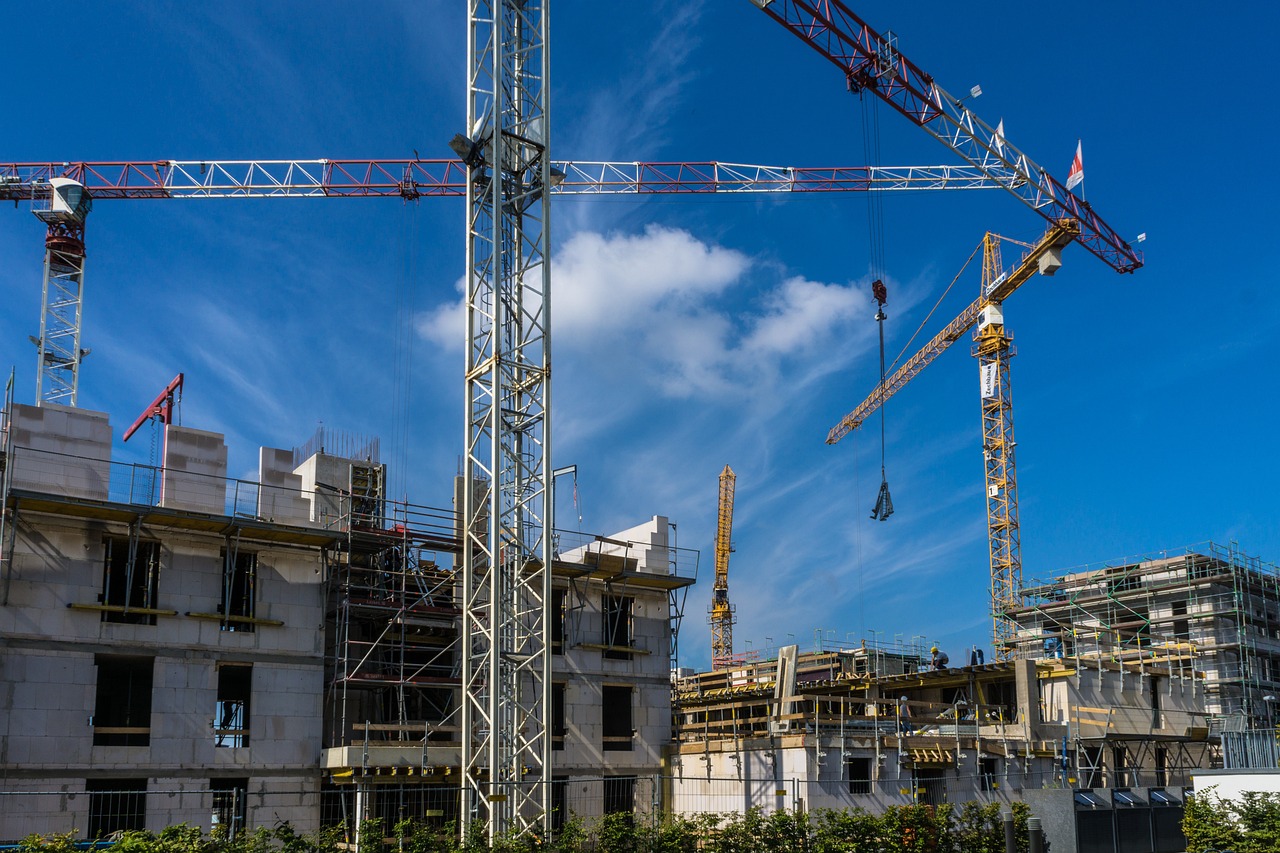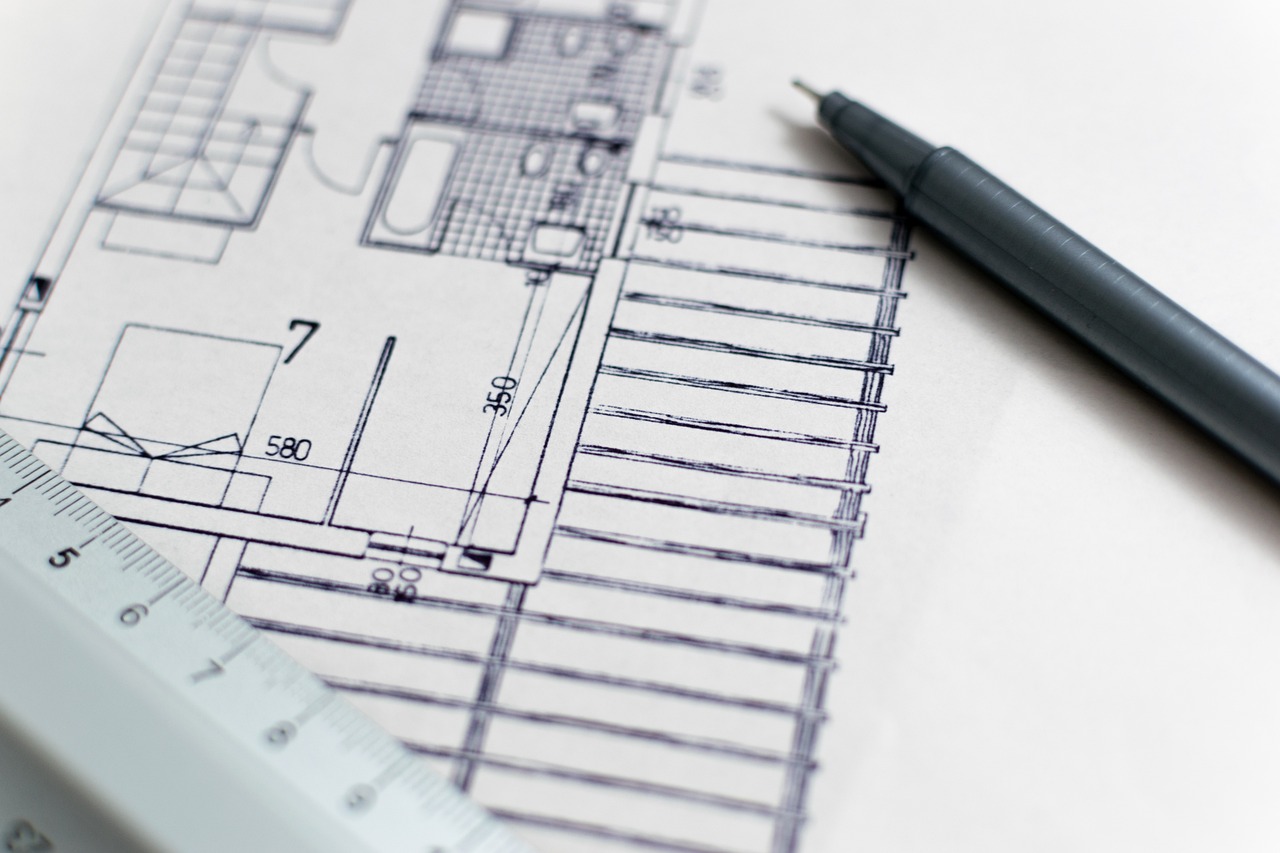Unless you’ve done it before, creating a custom home is an unfamiliar and difficult process! Today, we’ll look at some of the most common mistakes individuals make while building a custom home, as well as advice for avoiding them.
Compromise Location for Price
A major error that homeowners make when building bespoke houses is sacrificing location for money. Although a cheaper lot may be appealing, keep in mind the importance of location. In terms of property, facilities are essential. Homes in exceptional locations are instantly worth more. When building a custom home, choose the nicest lot you can manage and afford. A wonderful lot in a great location automatically increases the value of your home.

Delaying the full assembly of your team from the outset
When creating your team, it makes little difference if you start with an architect, a builder, or an interior designer. The crucial thing is to have your full team together before beginning the design-build process.
This will help with budgeting and avoid the setbacks that might arise when a new team member with new ideas is brought on board after the design process has already started (or worse, is already finished).
Not Investing Enough Time in Programming and Design
alterations on paper are simpler and less expensive than alterations made after construction has begun. It is critical to spend significant time during the programming and design phases to maximize how your new home will function. This assures a high-quality design that you’ll like living in while also avoiding potentially costly alterations later in the project.
Not Making Timely Decisions
Due to long lead times and hectic schedules, making prompt decisions and selections is more vital than ever in order to avoid construction delays. Many decisions must be taken before building begins on a bespoke home to ensure its effectiveness. This allows for the development of a comprehensive strategy and facilitates the construction process.

Second-guessing yourself at every turn
You’ll make about 280 decisions while designing and building your unique house. Your initial gut reaction is often the right decision for you; second-guessing yourself throughout the process will simply add tension and delay. When questions emerge, rely on your team—there’s a reason you chose them.
Trying to Use an Existing Plan When Your Program Needs Customization
A truly custom home is one of a kind. Depending on your requirements, modifying an existing plan to meet your bespoke program can be like trying to fit a round peg into a square hole.
Many builders offer semi-custom houses, which might be an excellent choice based on your program, budget, and desired level of personalization.
Overspending on a remodel when new construction would have been more cost-effective
It’s a prevalent misperception that renovating costs less than new construction. Remodeling may or may not be appropriate for your goals. If you’re planning a large-scale remodel, talk with your architect and contractor about what makes the most sense for your project.
Not keeping money in a contingency fund for overages.
Even with the best planned intentions, something will almost always happen during a new construction or remodel that was not anticipated in your initial budget. As a result, we always advocate incorporating a contingency fund into either the builder’s bid or your own overall budget. The size of the contingency fund varies based on the individual and the project, but as a general rule, plan for at least 10% of the overall construction expenditure. If possible, 20% is preferable.
Homeowners Giving Direction To Subcontractors
Subcontractors should not be communicated with or given instructions during construction (though cookies and milk are always welcome). They are there to complete the component of the task assigned to them by the construction manager. As a result, you should consult with your construction manager or builder about your property. They are the only ones with all of the project’s information.
Not Communicating
Inspectors, electricians, painters, installers, and other professionals are needed when building a home. Stay engaged and communicate clearly, especially with your builder, who will most likely handle all of the specifics.
If you’re ready to build a home, plan ahead of time and avoid these ten common blunders. Doing so could save you both time and money. It will also ensure that you have no regrets and that you remain in the home of your dreams for many years to come.








